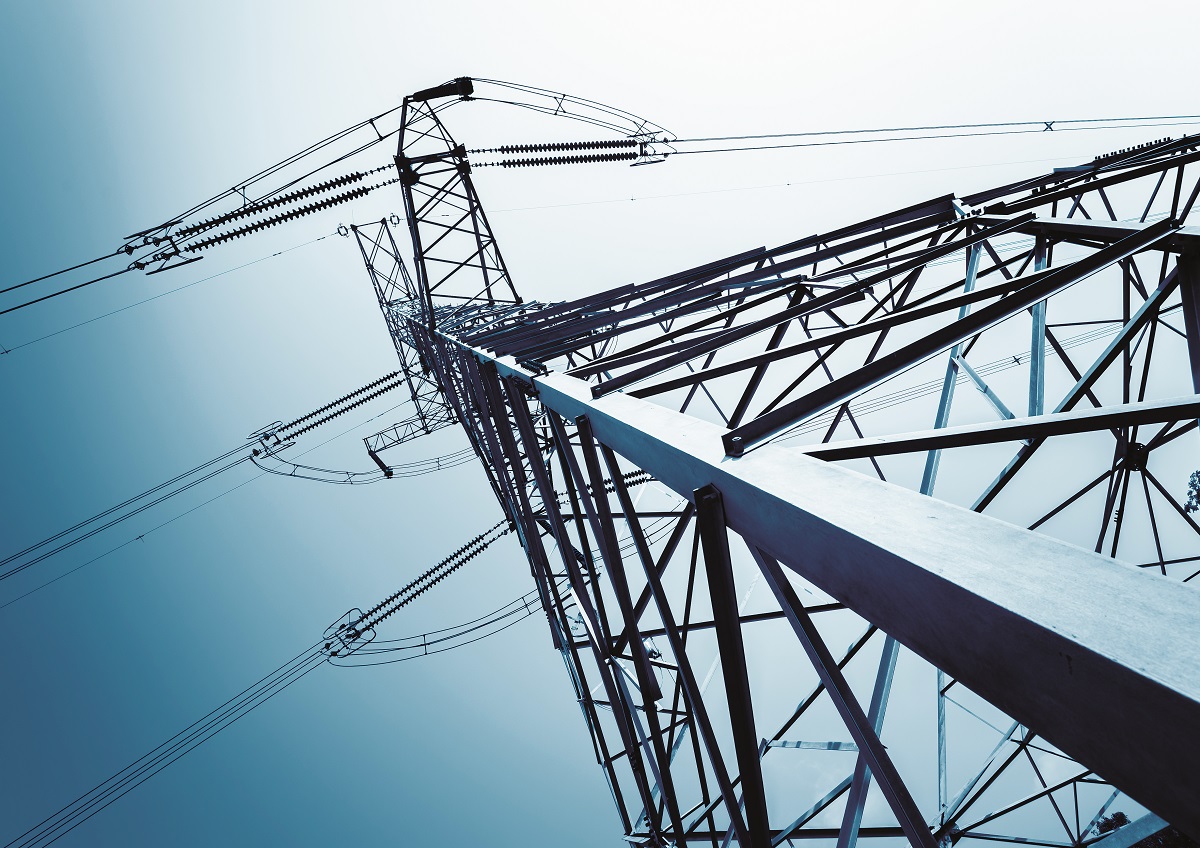
As more intermittent renewable energy sources of electricity are fed into the grid, balancing the amount of electricity fed in against the amount of electricity consumed becomes more difficult. A team from Khalifa University has developed a software to accurately and quickly predict the stability of power grids.
The journey of electricity, from the power plant to our homes and businesses, is not always a smooth one. Grid operators are faced with the complex task of balancing the amount of electricity fed into the grid against the amount of electricity consumed, to keep the power system stable. But as more intermittent renewable energy sources of electricity, like solar and wind, are fed into the grid, this balancing act is becoming even more challenging.
To address this challenge, a KU team led by Dr. Mohamed El Moursi, Professor of Electrical Engineering and Computer Science, teamed up with the Abu Dhabi Transmission and Dispatch Company (TRANSCO) and Canadian company Manitoba Hydro International (MHI) to develop a software tool for fast and accurate online prediction of power system stability. The KU research team members were Syafiq Kamarul Azman, Research Engineer, Dr. Younes Isbeih, Postdoctoral Research Fellow, and Dr. Khaled Elbassioni, Professor of Computer Science.
Maintaining balance among power generation and consumption in an electrical network is extremely complex, especially when new intermittent sources of energy are installed as in the case of solar photovoltaic (PV) and wind power. Small changes to power grids, caused by load fluctuations or intermittency of renewable energy resources can drive the power system out of its safe operating range toward a critical state. In addition, power grids are frequently subjected to faults and equipment failures, either temporary or permanent, that can further derive the system to instability if proper monitoring and control actions are not taken. As a result, it is crucial that grid operators are equipped with the tools needed to maintain a stable operation of the grid and to build resilience to faults and disturbances.
The KU research team built a unified prediction model using artificial intelligence techniques to provide fast and accurate prediction of transient stability when a power system is disturbed.
“The dynamic response of a power system is governed by a set of highly nonlinear differential and algebraic equations (DAE), which describe the behavior of the generators and the associated control systems, loads, renewable power generation and flexible AC transmission devices (FACTs),” explained Dr. El Moursi.
When the overall demand load in a power system is suddenly increased, power plant power generators that have spinning generators are suddenly slowed. Differential and algebraic mathematical equations must be solved to determine the amount of accelerating power required to bring a power plant’s power generator back to a stable condition.
“When the power system experiences small changes, the mathematical model can be linearized about an equilibrium point to study the stability of the system,” explained Dr. El Moursi. “After a severe disturbance, however, the power generators are changed beyond the ability of the linearized model to describe the nonlinear dynamics that ensue and hence thus the model must be numerically solved through simulations.”
Time domain simulations are used to help solve these more complex challenges. While they accurately describe power system transient behavior, they are associated with a considerable computational burden when applied to real systems where real-time frameworks are required for dynamic security assessment and control.
“Although time domain simulations result in an accurate transient stability assessment (TSA), they require considerable time and computational efforts, especially for large power systems with almost infinite number of contingencies and operating points,” said Dr. El Moursi.
This is where artificial neural networks and deep learning techniques are pivotal. Using deep learning techniques, the team from KU developed an approach for predicting both power system stability. The neural networks learn specific features of the power system dynamics and thus can provide fast and accurate online prediction of transient stability.
The model designed by the team provides a unified approach for prediction when the system is subjected to a disturbance. They trained a neural network using a set of transient responses seen across the entire power system and for a wide-range of operating conditions. The trained model provides a fast, yet accurate, prediction of the transient stability status when a power system is disturbed. If the system is unstable, the prediction model updates the power system operator with the necessary control actions.
“In a relatively short period of time, the KU project team successfully designed and built—and is on the way to patenting—an artificial intelligence-based transient stability assessment tool with full functionality, flexibility, and high accuracy,” said Dr. Surour Mohamed Alaraifi, Senior Planning Engineer at TRANSCO and member in the project team. “We can now evaluate our system stability, including all interconnections, by simulations as short as 200 milliseconds, compared to the usual 30 to 35 seconds, allowing us to perform tasks like fast contingency screening, while covering generators, transmission lines, and transformer fault scenarios. We hope this tool becomes a central asset for our system operators.”
Jade Sterling
Science Writer
10 October 2020






